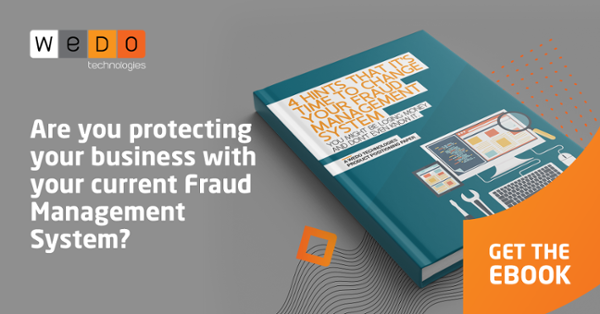There is no doubt the greatest impact of mobile telephony has been connecting the unconnected. Many millions of people worldwide that previously had little or no exposure to the outside world now have the ability to communicate with others and access the internet that has impacted them irreversibly.
App developers and social media giants have been quick to take advantage of the network rollouts, sometimes at the expense of the operators that have made massive investments. Those network operators believed they held the trump card believing that they ‘owned’ these customers that were all pre-paid or pay-as-you-go that had to pay in advance for their mobile services.
It didn’t take long for the telcos to work out that if any outside or OTT players would need to partner with them if they wanted access to those pre-paid accounts. It wasn’t until the advent of the mobile phone that the technology to support such systems became widely available. They represented the only way funds could be easily transferred from buyer to seller.
Enterprising operators quickly realized that this mechanism could be used to provided financial services of a kind to the “unbanked” and “underbanked” populations of the world and the concept of “mobile money” was born. For these people mobile money is a convenient and easy-to-use alternative for cash.
Most notable was the introduction of Safaricom’s M-PESA in 2007, initially promoted as a mobile wallet where funds deposited into a customer’s pre-paid account could also be used as a bank account and to purchase goods and services. It was wildly successful in Kenya and replicated in many other countries by other mobile operators - but not always with the same success.
In time, mobile money has dramatically expanded as a broadly accepted, fast, simple, convenient, secure, affordable way of transferring money, making payments and doing other transactions using a mobile phone. Today, mobile money systems are being offered by many other organisations including banks, retailers, social media giants, phone manufacturers and not necessarily telcos.
As with any other “financial” systems, mobile money has attracted the interest of fraudsters and, despite claims that because they are linked to secure mobile device operating systems they are secure themselves, there have been a number or attacks in recent times that threaten the concept that they are safe.
Seven-Eleven Japan was recently informed by regulators that its mobile payment service was not secure enough after customers of the convenience store chain were allegedly defrauded through unauthorized access. The ministry judged that the company did not take sufficient measures to prevent access by people using someone else’s ID. The company has since suspended use of its 7Pay mobile payment service while it investigates its security procedures, or lack thereof.
Airtel Africa Group announced in its recent prospectus for stock market listing that its staff had engaged in mobile money frauds exceeding USD7 million last year. The disclosure stated that: “while the Group has introduced enhanced controls, including increased segregation of duties, daily reconciliations and technical restrictions on the transfer of funds to non-Airtel bank accounts, the risk of fraudulent activity by individuals employed by or working in partnership with the Group cannot be eliminated completely.”
One particularly disgruntled customer went public saying: “Mobile money is great.
However, MTN Mobile Money is far from great. In fact, it appears to be an endless case of fraud peddling from its mobile money vendors.”
Industry body, GSMA, has even published a white paper titled “Managing the Risk of Fraud in Mobile Money” to highlight the four key elements of: (i) determining the risk appetite; (ii) identifying and assessing risks; (iii) establishing effective controls; and (iv) monitoring and reviewing risk management strategy. The paper’s introduction understates that managing risk in mobile money is a challenging task, especially when it comes to fraud.
The implementation of mobile financial services, like other financial services, faces the same risks and challenges and for those lacking prior experience in the area are most likely to be taken advantage of. Money laundering, account takeover based on SIM Swap, dealers fraud are just some of threats that operators need to cope with to avoid financial and reputational damages. In this context, the implementation of a risk management strategy should be the paramount objective of any mobile money provider, probably more important than the growth of subscriber numbers.




Let Us Know What You Thought about this Post.
Put your Comment Below.